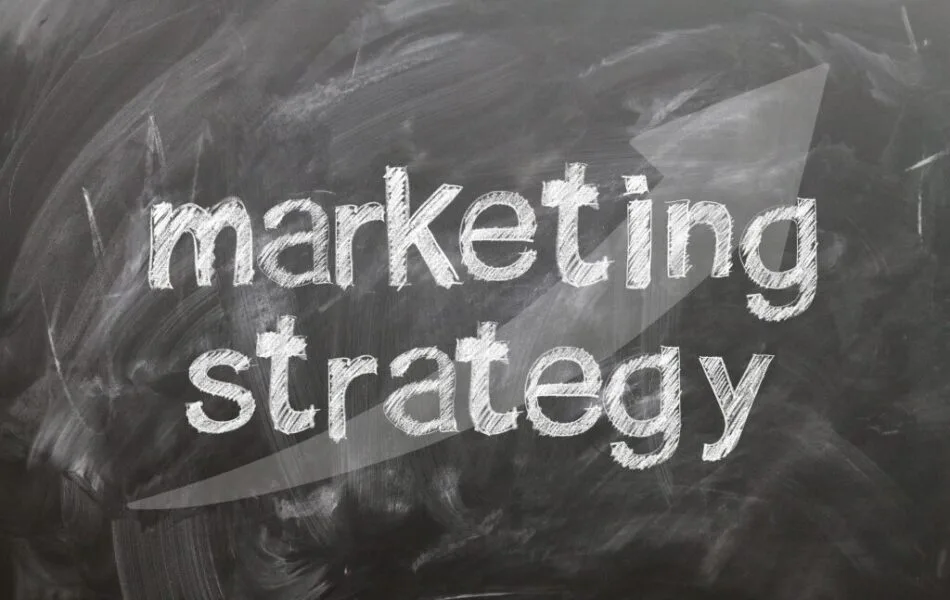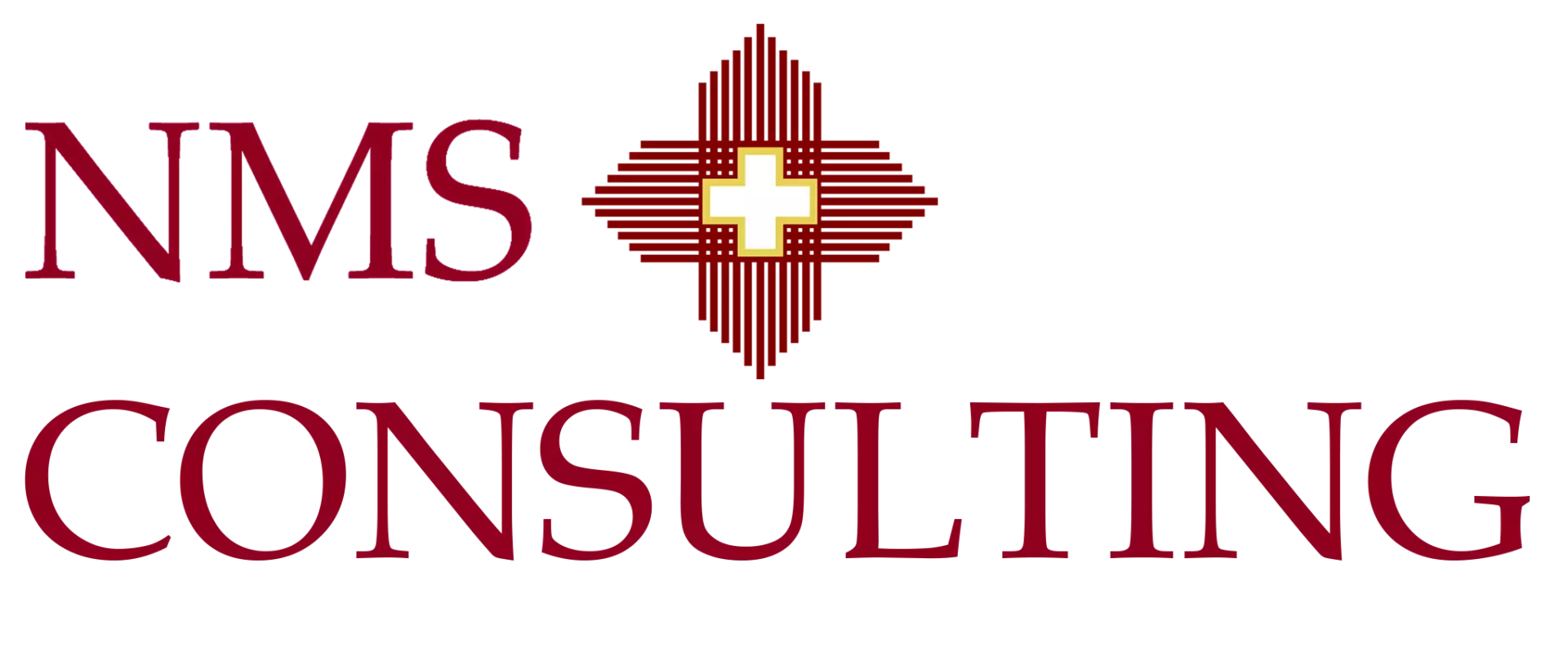Marketing Services Business Risks Guide 2025: Financial, Operational, Legal and Compliance, Data Privacy and Cybersecurity, Reputation and Client Concentration

Published: • Updated:
Want a fast risk review of your funnel, martech, and contracts? Talk to a consultant
Why this matters now
What counts as core business risks in marketing services
- Financial. Margin pressure from scope creep, media waste, and write-offs. Use clear acceptance criteria, change orders, and invoice discipline. Industry peers show EBITDA near 11.2% in recent periods benchmark.
- Operational. Missed SLAs, QA defects, and unstable ad-ops or analytics pipelines. Backlog triage and weekly defect reviews help.
- Legal and compliance. FTC endorsement and reviews rules require clear, prominent disclosures for creators and testimonials. See the revised FTC Endorsement Guides.
- Data privacy and cybersecurity. Consent, cookie, and data sharing controls must align to laws. GDPR fines exceed €5.65B total evidence. CCPA settlements continue, including a $1.55M action in July 2025 case.
- Reputation and media quality. Fraud, unsafe placements, and bots erode ROI and brand trust. Estimated global ad fraud losses often cited at $84B and higher source. News coverage also flags bot-traffic gaps at scale reporting.
- Client concentration. Many agencies rely on a small set of accounts. Healthy guardrails treat any single client above 20% of revenue as high risk framework. Finance guides also outline measurement methods method.
Key numbers and laws at a glance
| Finding | Figure | Source |
|---|---|---|
| Largest CCPA settlement to date | $1.55M penalty and injunctive terms | California DOJ, July 2025 |
| GDPR fines accumulated through Mar 2025 | €5.65B+ total, 2,245 fines recorded | CMS GDPR Enforcement Tracker |
| Ad fraud cost estimates cited by analysts | $84B and higher | Business of Apps |
| Advertising industry trailing EBITDA margin | 11.2% | CSI Market, 2Q 2025 TTM |
| FTC Endorsement and Reviews rules | Revised 2023 guidance active | FTC Business Guidance |
| Recent martech vendor security incident | Supply chain breach confirmed | TechRadar coverage |
A 30-60-90 day plan
- 30 days. Create a risk register. Reissue creator and review disclosure rules aligned to FTC guidance. Run a cookie and consent audit. Turn on Global Privacy Control support where in scope. Require incident-response contacts from key vendors.
- 60 days. Add independent brand-safety and IVT logs. Compare platform versus third-party numbers on a weekly cadence. Ask top suppliers for SOC 2 or comparable assurance and a SIG questionnaire. Patch exposed integrations. Cut waste in media and tag governance.
- 90 days. Set client concentration guardrails. Any account above 20% requires a mitigation plan and pipeline targets reference. Refresh master service agreements with data processing terms and FTC disclosure clauses. Agree on crisis messaging playbooks for incidents.
Need help prioritizing? We can stand up the register, run privacy and disclosure checks, and tune your vendor controls in under 4 weeks. Request a risk workshop
Controls that reduce the most risk for the least effort
- Disclosure controls. Standard copy and placement for creator posts and testimonials, logged approvals, and spot checks per the FTC Q&A.
- Consent and cookie hygiene. Test opt-outs, block non-essential tags until consent, and map data sharing. Track enforcement actions to avoid costly fixes, such as the $1.55M California case example.
- Vendor assurance. Prefer SOC 2 or ISO-based attestations. Independent sources highlight sales and marketing benefits from SOC 2 adoption insight.
- Brand-safety and fraud reduction. Use pre-bid and post-bid checks and keep independent logs. Analysts and reporters continue to flag gaps in bot filtering at scale coverage.
FAQ
What is client concentration risk?
Client concentration risk is the share of revenue tied to a small number of accounts. Many finance teams treat any single client above 20% as high risk and 10% to 20% as caution territory guide method.
How often should we test disclosures and consent?
Quarterly is common for growing teams. Test again after major site or CMS changes and after adding new tags or platforms.
Do we need a formal security framework?
If you process personal data, you should at least align to a control set and request SOC 2 or ISO 27001 from key vendors that touch customer or prospect data.
Related Reading
- What Is Customer Experience Consulting?
- Digital and Technology Consulting
- What Is Compliance Consulting?
- What Does a Data Privacy Consultant Do?
- What Does a Risk Management Consultant Do?
Book a discovery call
Sources
- California DOJ. Largest CCPA settlement to date. https://oag.ca.gov/news/press-releases/attorney-general-bonta-announces-largest-ccpa-settlement-date-secures-155
- CMS. GDPR Enforcement Tracker numbers and figures. https://cms.law/en/int/publication/gdpr-enforcement-tracker-report/numbers-and-figures
- FTC. Endorsements, influencers, and reviews guidance. https://www.ftc.gov/business-guidance/advertising-marketing/endorsements-influencers-reviews
- CSI Market. Advertising industry profitability ratios. https://csimarket.com/Industry/industry_Profitability_Ratios.php?ind=901
- Business of Apps. Ad fraud statistics. https://www.businessofapps.com/ads/ad-fraud/research/ad-fraud-statistics/
- TechRadar. Salesloft-Drift supply chain breach coverage. https://www.techradar.com/pro/security/palo-alto-networks-becomes-the-latest-to-confirm-it-was-hit-by-salesloft-drift-attack
- Wall Street Prep. Customer concentration risk. https://www.wallstreetprep.com/knowledge/customer-concentration/
- SPP Capital. Customer concentration thresholds. https://spp.co/blog/customer-concentration/
- WSJ. Ad verification gaps reporting. https://www.wsj.com/business/media/efforts-to-weed-out-fake-users-for-online-advertisers-fall-short-0a5ec1a6
About the Author
Aykut Cakir, Senior Partner and Chief Executive Officer, has a demonstrated history in negotiations, business planning, business development. He has served as a Finance Director for gases & energy, pharmaceuticals, retail, FMCG, and automotive industries. He has collaborated closely with client leadership to co-create a customized operating model tailored to the unique needs of each project segment in the region. Aykut conducted workshops focused on developing effective communication strategies to ensure team alignment with new operating models and organizational changes.




